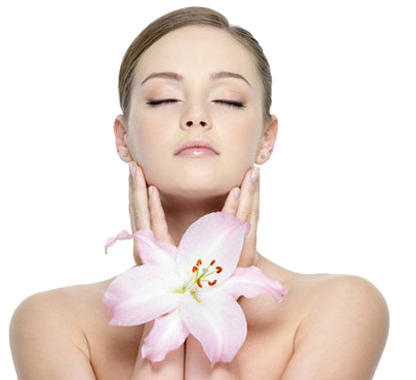Laser beauty instrument has obvious therapeutic effect on various spots. Here is a brief introduction on how to distinguish freckles, chloasma, sunburn, etc.
Freckles: 99% of them come from heredity. They are formed between 5 and 6 years old. They are quite common among white people with blue hair. However, Asians are also common. The age of occurrence is before puberty. The parts exposed to the sun produce light brown spots about 1 to 2mm in size, and their size, number and pigment depth increase in summer.
Chloasma: Also called phalaenopsis spot and liver spot, they are light brown and flaky, with different sizes, clear boundaries, irregular shapes, not higher than the skin. They are common on the face and symmetrical on the cheeks, and the main reason is related to endocrine and female hormone imbalance.
Sunburn: As the name implies, it is caused by exposure to the sun, so it is common for middle-aged people aged 40 or 50 to be male or female, but some people have grown up earlier in their 20s or 30s. In clinical practice, sunburn is a distinct brown and black spot lesion, which can be as large as a ten yuan coin. The most common sites are the face, back, chest, upper and lower limbs, but the focus on the face is larger and more obvious.

Pregnancy spots (pregnancy spots): Appears during pregnancy, but recedes after childbirth; Because the formation time of black spots is very close to the age of pregnancy, some people will have black spots when pregnant spots appear, so some people will mistakenly believe that pregnant spots are produced after pregnancy and childbirth.
Mercury spot: Some people have dark spots on their skin, but they don't know how to protect it. According to hearsay, they use some whitening products, but these products haven't been tested to see if they contain mercury. Although they can temporarily whiten, the residual mercury and toxins will cause more damage to the skin, even to the kidneys. Some poor manufacturers will add mercury to the whitening cream, and the bleaching effect will be obvious in a short time. However, if used for a long time, the mercury element will deposit in the skin, which will turn black and become darker, also known as mercury spots.
Sweat spot: Sweat spot is a very common disease, especially in summer. In dermatology clinics, some patients often think that all rashes caused by sweat are called sweat spots, but this is not true. It is true that sweat spots are more likely to occur in areas with stagnant sweat, such as the neck, chest, and back, but it refers specifically to a rash caused by a yeast like mold that infects the skin. Typical sweat spots are raindrop like white or brown spots. If you sweat or encounter heat, sometimes the affected part will suddenly redden or itch, which is its characteristic.
Black spot: Thin and dry skin will be more obvious, which may be caused by neglect of maintenance and incomplete sunscreen work, which makes melanin easily float to the surface of the skin. It is the most common beauty problem for middle-aged women (men also have black spots, but it is rare). It usually produces a whole ochre brown spot on the cheeks, forehead, upper lip and chin. It is also commonly known as liver spot because of its color. The causes and aggravating factors include pregnancy, oral contraceptives, certain drugs (such as antiepileptics) and sunshine. The vast majority of people are difficult to fade naturally once they are born.
Age spots: Its full name is "senile pigment spot", and it is also called seborrheic keratosis in medicine. It refers to a kind of lipofuscin pigment plaque on the skin of the elderly, which is a benign epidermal proliferative tumor. It usually appears on the face, forehead, back, neck and chest, and sometimes it may also appear on the upper limbs. Most of them begin to grow after the age of 50, which is mostly seen in the elderly. Experts found that, with the growth of the average age of the population, senile plaque is not common among the elderly, accounting for only 27%.








